2 min read
DANGER! Giant Hogweed outbreak!
By: Shawn Karn, The Grass Expert on Jul 29, 2015 2:22:59 PM
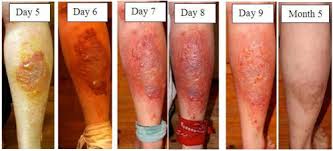
Giant Hogweed is becoming a pandemic in many rural and suburban areas. This plant is known for its grandure size, it is an invassive, noxious weed that emits a sap that can cause blisters and potential blindness if it comes in contact with the eyes.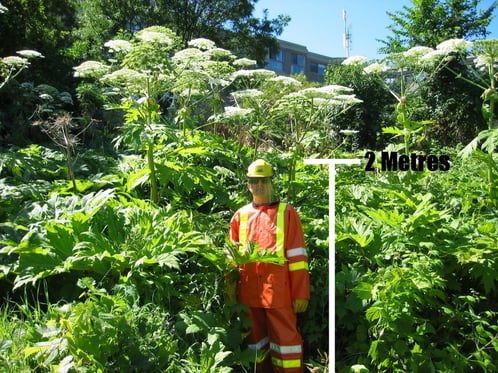
To make sure you are fully protected from this plant you must be able to accurately and effectively identify the plant, be aware of where it grows, how common the plant is and what to do if this invasive and potetntially harmful is spotted.
1. How to identify Giant Hogweed:
- The plant can grow up to 3-4 metres, that being said it is a rather obvious plant to spot, unlike related poisionious weeds such as the feared poison ivy.
- It resembles some other plants such as: Queen Ann's lace, wild carrot and often mistaken for Angelica or Cow Parsnips
- Often identified by its flowering stocks which blooms in peak from mid may to july.
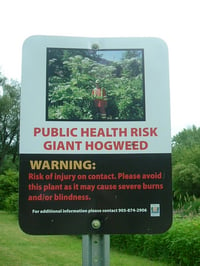
2. Where does Giant Hogweed grow?
- Originally from Asia, Hogweed was brought to Canada as an ornimental plant
- Throughout the Grand River watershed, in areas with abundant light or on the forest edge or partially shaded areas.
- This plant is classified as perrenial which means it will return annually every spring unless it is properly removed.
- Since its arrival agressive spreading has seen concentration of the plants near waterways, including the Grand River watershed.
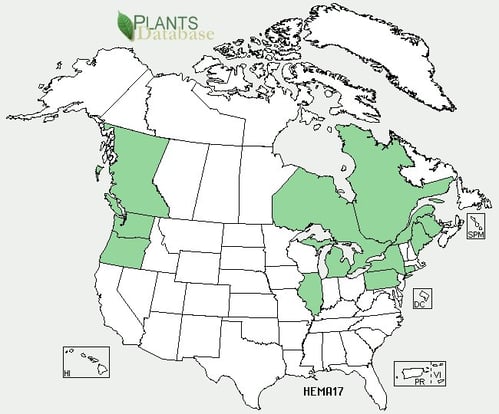
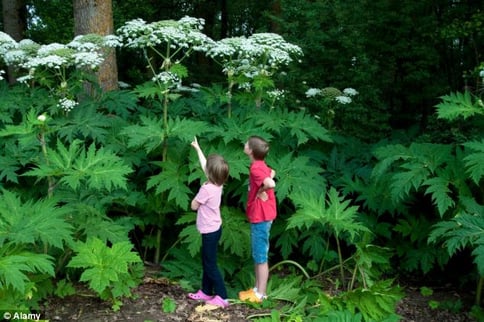
3. What to do if you have spotted Giant Hogweed?
If you spot the Giant Hogweed we urge you to NOT come in contact with the plant and to call Nutrilawn immediately as our trained staff know how to handle, remove and dispose of the toxic plant in the most effective and safe way. The plant should be left untouched, because of the sap photoreactive properties you may recieve an intense burn or blistering immediately and if in contact with eyes can cause blindness temporarily or permanently.

We urge you to not try to control this invasssive toxic plant on your own and to let the trained staff at Nutrilawn handle the removal and disposal.
For more information and to request a quote please click the link below.



